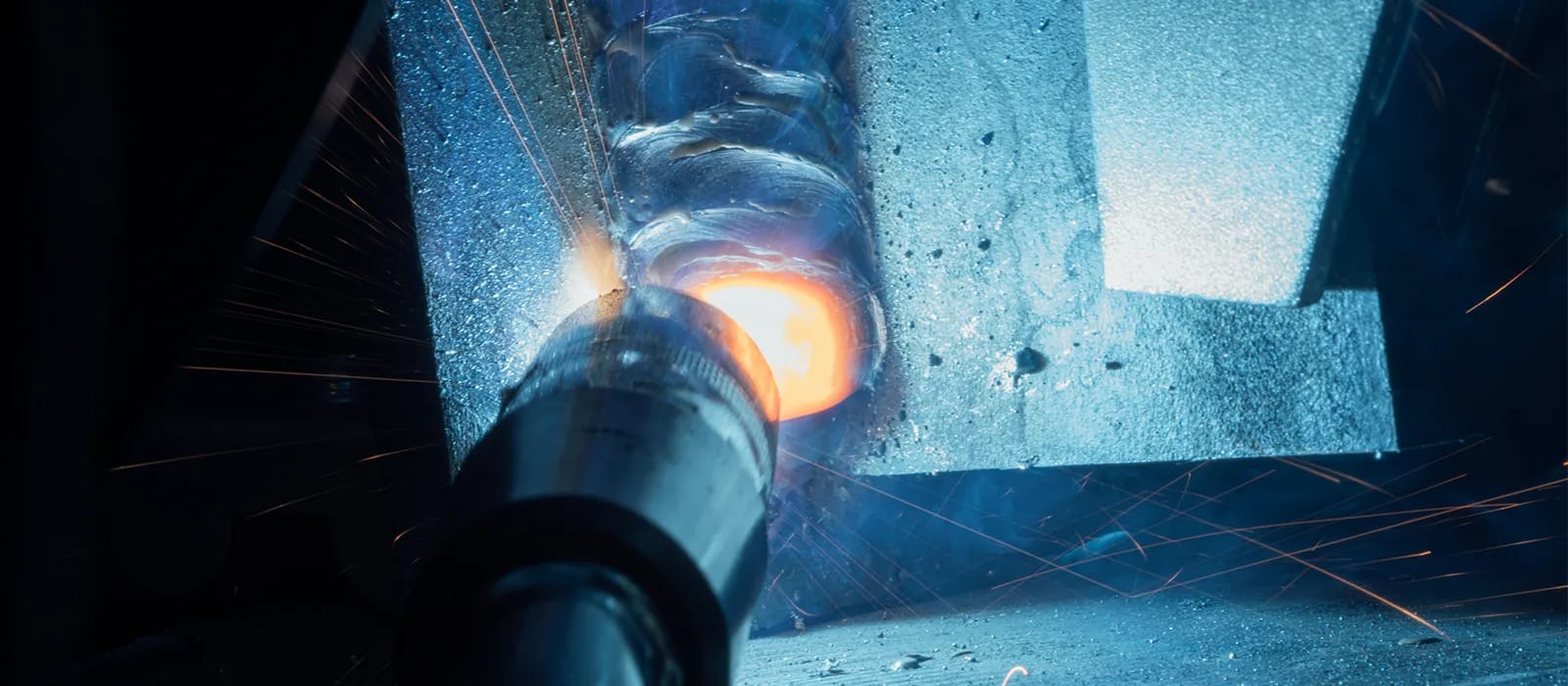Comprehensive Guide: What is Porosity in Welding and How to avoid It
Wiki Article
The Scientific Research Behind Porosity: A Comprehensive Guide for Welders and Fabricators
Understanding the intricate devices behind porosity in welding is crucial for welders and makers pursuing remarkable craftsmanship. As metalworkers dive into the midsts of this phenomenon, they discover a world controlled by different factors that influence the development of these tiny voids within welds. From the structure of the base materials to the intricacies of the welding process itself, a multitude of variables conspire to either worsen or ease the presence of porosity. In this comprehensive guide, we will certainly unwind the scientific research behind porosity, discovering its results on weld top quality and unveiling advanced methods for its control. Join us on this journey through the microcosm of welding imperfections, where precision satisfies understanding in the search of perfect welds.Recognizing Porosity in Welding
FIRST SENTENCE:
Exam of porosity in welding reveals essential insights into the stability and high quality of the weld joint. Porosity, identified by the visibility of tooth cavities or spaces within the weld steel, is a common concern in welding procedures. These spaces, otherwise appropriately attended to, can endanger the architectural honesty and mechanical residential properties of the weld, causing possible failures in the ended up item.
To discover and quantify porosity, non-destructive screening techniques such as ultrasonic testing or X-ray inspection are usually used. These strategies allow for the recognition of interior defects without endangering the honesty of the weld. By evaluating the dimension, shape, and circulation of porosity within a weld, welders can make educated choices to enhance their welding procedures and accomplish sounder weld joints.

Factors Affecting Porosity Development
The event of porosity in welding is influenced by a myriad of elements, ranging from gas protecting efficiency to the complexities of welding specification settings. One important element adding to porosity formation is inadequate gas securing. When the securing gas, normally argon or carbon dioxide, is not successfully covering the weld swimming pool, climatic gases like oxygen and nitrogen can contaminate the molten steel, causing porosity. Furthermore, the tidiness of the base materials plays a significant function. Impurities such as rust, oil, or wetness can evaporate during welding, developing gas pockets within the weld. Welding parameters, including voltage, current, travel speed, and electrode type, also effect porosity development. Utilizing inappropriate setups can produce excessive spatter or heat input, which subsequently can lead to porosity. The welding method used, such as gas metal arc welding (GMAW) or shielded metal arc welding (SMAW), can affect porosity formation due to variations in warmth distribution and gas coverage. Recognizing and regulating these variables are vital for reducing porosity in welding operations.Impacts of Porosity on Weld Top Quality
Porosity formation significantly endangers the architectural stability and mechanical buildings of welded joints. When porosity is existing in a weld, it develops voids or tooth cavities within the material, reducing the general strength of the joint. These gaps work as tension focus factors, making the weld a lot more prone to splitting and failing under lots. The visibility of porosity additionally deteriorates the weld's resistance to corrosion, as the caught air or gases within the gaps can respond with the surrounding setting, causing deterioration with time. Furthermore, porosity can prevent the weld's ability to withstand stress or effect, more threatening the general top quality and integrity of the welded structure. In essential applications such as aerospace, automotive, or architectural building and constructions, where security and durability are vital, the harmful effects of porosity on weld high quality can have extreme repercussions, highlighting the importance of minimizing porosity via appropriate welding strategies and treatments.Methods to Reduce Porosity
Additionally, making use of the appropriate welding parameters, such as the right voltage, present, and travel speed, is important in preventing porosity. Keeping a regular arc size and angle during welding additionally aids decrease the probability of porosity.
Moreover, choosing the right protecting gas and keeping correct gas circulation prices are essential in lessening porosity. Using the appropriate welding strategy, such as back-stepping or employing a weaving motion, can also assist disperse warmth equally and decrease the chances of porosity development. Making sure proper ventilation in the welding atmosphere to get rid of any This Site type of read prospective resources of contamination is vital for achieving porosity-free welds. By implementing these strategies, welders can effectively decrease porosity and create top notch bonded joints.

Advanced Solutions for Porosity Control
Applying advanced modern technologies and cutting-edge techniques plays a crucial duty in attaining exceptional control over porosity in welding procedures. One sophisticated service is using innovative gas mixtures. Protecting gases like helium or a mixture of argon and hydrogen can help in reducing porosity by offering much better arc security and improved gas insurance coverage. Furthermore, employing sophisticated welding methods such as pulsed MIG welding or changed ambience welding can additionally aid alleviate porosity concerns.An additional sophisticated option includes the usage of advanced welding tools. For example, using equipment with integrated attributes like waveform control and innovative source of power can enhance weld top quality and lower porosity dangers. The execution of automated welding systems with precise control over criteria can dramatically lessen porosity problems.
Furthermore, incorporating advanced surveillance and evaluation modern technologies such as real-time X-ray imaging or automated ultrasonic screening can help in spotting porosity early in the welding procedure, permitting for instant rehabilitative activities. Overall, incorporating these advanced remedies can considerably boost porosity control and improve the overall quality browse this site of bonded components.
Conclusion
In conclusion, comprehending the scientific research behind porosity in welding is essential for welders and producers to generate premium welds - What is Porosity. Advanced solutions for porosity control can further enhance the welding process and guarantee a strong and dependable weld.Report this wiki page